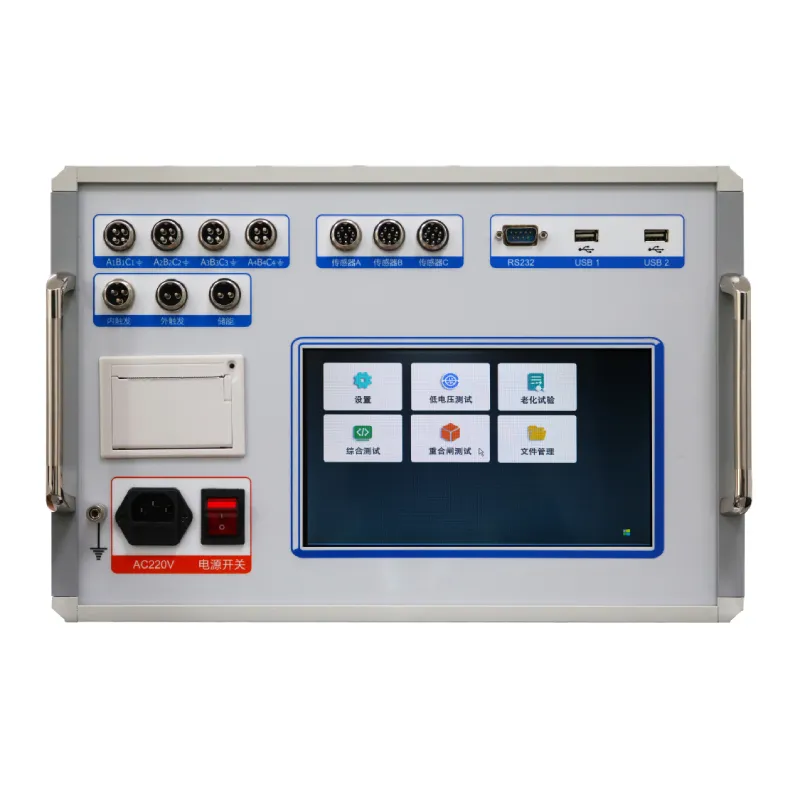 English
English



-
 Afrikaans
Afrikaans -
 Albanian
Albanian -
 Amharic
Amharic -
 Arabic
Arabic -
 Armenian
Armenian -
 Azerbaijani
Azerbaijani -
 Basque
Basque -
 Belarusian
Belarusian -
 Bengali
Bengali -
 Bosnian
Bosnian -
 Bulgarian
Bulgarian -
 Catalan
Catalan -
 Cebuano
Cebuano -
 China
China -
 China (Taiwan)
China (Taiwan) -
 Corsican
Corsican -
 Croatian
Croatian -
 Czech
Czech -
 Danish
Danish -
 Dutch
Dutch -
 English
English -
 Esperanto
Esperanto -
 Estonian
Estonian -
 Finnish
Finnish -
 French
French -
 Frisian
Frisian -
 Galician
Galician -
 Georgian
Georgian -
 German
German -
 Greek
Greek -
 Gujarati
Gujarati -
 Haitian Creole
Haitian Creole -
 hausa
hausa -
 hawaiian
hawaiian -
 Hebrew
Hebrew -
 Hindi
Hindi -
 Miao
Miao -
 Hungarian
Hungarian -
 Icelandic
Icelandic -
 igbo
igbo -
 Indonesian
Indonesian -
 irish
irish -
 Italian
Italian -
 Japanese
Japanese -
 Javanese
Javanese -
 Kannada
Kannada -
 kazakh
kazakh -
 Khmer
Khmer -
 Rwandese
Rwandese -
 Korean
Korean -
 Kurdish
Kurdish -
 Kyrgyz
Kyrgyz -
 Lao
Lao -
 Latin
Latin -
 Latvian
Latvian -
 Lithuanian
Lithuanian -
 Luxembourgish
Luxembourgish -
 Macedonian
Macedonian -
 Malgashi
Malgashi -
 Malay
Malay -
 Malayalam
Malayalam -
 Maltese
Maltese -
 Maori
Maori -
 Marathi
Marathi -
 Mongolian
Mongolian -
 Myanmar
Myanmar -
 Nepali
Nepali -
 Norwegian
Norwegian -
 Norwegian
Norwegian -
 Occitan
Occitan -
 Pashto
Pashto -
 Persian
Persian -
 Polish
Polish -
 Portuguese
Portuguese -
 Punjabi
Punjabi -
 Romanian
Romanian -
 Russian
Russian -
 Samoan
Samoan -
 Scottish Gaelic
Scottish Gaelic -
 Serbian
Serbian -
 Sesotho
Sesotho -
 Shona
Shona -
 Sindhi
Sindhi -
 Sinhala
Sinhala -
 Slovak
Slovak -
 Slovenian
Slovenian -
 Somali
Somali -
 Spanish
Spanish -
 Sundanese
Sundanese -
 Swahili
Swahili -
 Swedish
Swedish -
 Tagalog
Tagalog -
 Tajik
Tajik -
 Tamil
Tamil -
 Tatar
Tatar -
 Telugu
Telugu -
 Thai
Thai -
 Turkish
Turkish -
 Turkmen
Turkmen -
 Ukrainian
Ukrainian -
 Urdu
Urdu -
 Uighur
Uighur -
 Uzbek
Uzbek -
 Vietnamese
Vietnamese -
 Welsh
Welsh -
 Bantu
Bantu -
 Yiddish
Yiddish -
 Yoruba
Yoruba -
 Zulu
Zulu
Exploring Knee Voltage in CT Imaging Techniques and Applications
Understanding Knee Voltage in CT Imaging
Knee voltage refers to the specific voltage setting used in computed tomography (CT) imaging of the knee joint, a critical area that often requires detailed visualization for diagnosis and treatment planning. This article aims to explore the significance of knee voltage in CT scans, how it influences image quality, and the implications for patient care.
What is CT Imaging?
Computed Tomography (CT) is a medical imaging technique that uses X-rays to create detailed cross-sectional images of the body. It provides comprehensive views that can aid in diagnosing various conditions, including fractures, tumors, and degenerative diseases, especially in the knee—an integral part of human mobility.
The Role of Voltage in CT Scans
In CT imaging, voltage (measured in kilovolts, or kV) is a critical parameter that influences the quality of the images produced. Higher voltage increases the penetration power of X-rays, allowing for clearer images of denser structures. Conversely, lower voltage settings may result in increased contrast but can also lead to a reduction in image sharpness and detail. Adjusting the knee voltage appropriately is essential to ensure optimal imaging.
Importance of Knee Voltage Selection
The knee joint comprises bone, cartilage, ligaments, and soft tissues, each of which has varying densities. Selecting the correct knee voltage is crucial for achieving the best possible balance between image quality and patient safety. For instance, a typical knee CT scan may use a voltage setting between 120 kV and 140 kV, depending on the patient's body habitus and the clinical indication.
knee voltage ct

Consider a patient with a suspected fracture a higher knee voltage setting can provide a clearer view of the bone structure, making it easier for radiologists to make accurate assessments. On the other hand, in cases of soft tissue evaluation, lower voltage levels may enhance contrast visualization, thus facilitating the identification of subtle abnormalities.
Technological Advances
Advancements in CT technology have enabled more sophisticated means of optimizing knee voltage. Modern CT scanners often employ adaptive techniques that automatically adjust the voltage based on the patient's size and the type of imaging required. This technological evolution not only improves image quality but also minimizes radiation exposure, enhancing patient safety.
Implications for Patient Care
Properly managing knee voltage is not just a technical consideration; it has real implications for patient care. Low radiation doses can reduce the risk of potential long-term effects associated with excessive exposure, which is particularly important in younger patients or those who may require multiple imaging studies.
Moreover, high-quality imaging facilitates accurate diagnosis and timely intervention, ultimately leading to better patient outcomes. For orthopedic surgeons, having access to well-optimized knee CT images can improve the planning of surgical procedures, whether for repairing a ligament, addressing joint degeneration, or managing acute injuries.
Conclusion
In summary, knee voltage in CT imaging plays a vital role in producing high-quality, diagnostic images. This critical parameter influences not only the clarity of the images but also the safety of the imaging process. As technology continues to advance, practitioners can better tailor knee voltage settings to individual patient needs, thus enhancing diagnostic accuracy while safeguarding patient health. Understanding and applying the principles of knee voltage will remain an essential aspect of effective patient care in the field of radiology and orthopedics.
-
Testing Equipment Industry Sees Major Advancements in 2025: Smart & Precision Technologies Lead the WayNewsJun.06,2025
-
Applications of Direct Current Generators in Renewable Energy SystemsNewsJun.05,2025
-
Hipot Tester Calibration and Accuracy GuidelinesNewsJun.05,2025
-
Digital Circuit Breaker Analyzer Features and BenefitsNewsJun.05,2025
-
Benefits of Real-Time Power Quality Monitoring Devices for Industrial EfficiencyNewsJun.05,2025
-
Earth Fault Loop Testing in High-Rise Building Electrical SystemsNewsJun.05,2025



